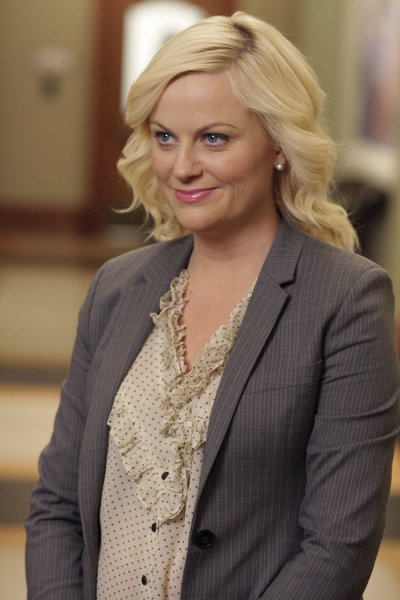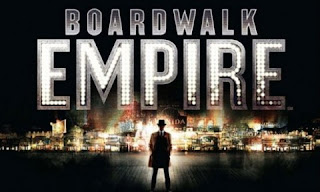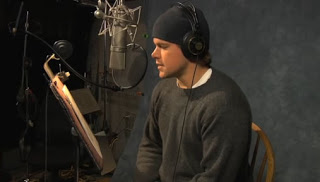Author: Bitch Flicks
Bitch Flicks’ Weekly Picks
Margaret Cho Rightfully Loses Her Shit by Margaret Cho from Jezebel
Kicking It on Kickstarter by Kathleen Sweeney from Women’s Media Center
Melissa Harris-Perry Talks MSNBC Show, Stereotypes of Black Women on ‘Colbert Report’ (video) from Huffington Post
Why “Yes, But” Is the Wrong Response to Misogyny by Greta Christina from freethoughtblogs.com
This is why we keep talking about gender in comedy by from Feministing
Leave your links in the comments!
Quote of the Day: Catherine Bray
Equality now! Over the last few years, we’ve seen Kevin James paired with Rosario Dawson, Seth Rogen paired with Anna Faris, Jack Black paired with Amanda Peet, Vince Vaughn paired with Malin Akerman… and so the list goes on. In the interests of balance, I’d like to see a lithe, stunningly attractive man paired with an averagely schlubby, heavy-set funny woman in a mainstream comedy. I think what I’m saying is that my wish for 2012 is to see Melissa McCarthy from “Bridesmaids” get it on with Ryan Gosling in a knockabout romcom.
Women, War & Peace: The Roundup
 |
| Women, War & Peace |
While rape had been charged as a crime before, it usually falls under the umbrella of hate crimes. With this groundbreaking tribunal, for the first time rape was charged as “a crime against humanity.” The case wouldn’t prevent all rapes. But Kuo said that even though they couldn’t prosecute every rape, it was a significant statement to acknowledge what happens to women during war. The case “transformed the definition of wartime slavery,” laying the “foundation of trials involving violence against women in international courts.”
War leaves devastation in its wake. Yet historically, when we talk about war, we talk about it in terms of soldiers and casualties; too often from a male perspective, forgetting that it equally destroys women’s lives.
In the 2nd installment of the Women, War & Peace series, director Gini Reticker and producer Abigail E. Disney, and WWP series executive producers and co-creators, create a Tribeca Film Festival-winning documentary. Pray the Devil Back to Hell tells the powerful and uplifting story of the Liberian women, including activist and social worker Leymah Gbowee, who joined together and peacefully protested, helping end the civil war ravaging their country.
For almost 15 years, beginning on Christmas Eve in 1989, two civil wars plagued Liberia. Warlord and former president Charles Taylor resided at the center of both. He overthrew the regime during the first civil war and committed war crimes and human rights atrocities while president during the second civil war. Taylor recruited soldiers as young as 9-15 years old. With his private army, the dictator controlled the finances and terrorized the country.
Hasina Safi, one of the 3,000 members of the Afghan Women’s Network (AWN), a non-partisan NGO working to empower women, visits villages to monitor the programs she coordinates for illiterate women. Classes for women could not be held openly with the Taliban in power. Almost 90% of Afghan women cannot read or write. Through classes, many women are just learning Islam encourages women’s education.
But working women like Safi risk their lives. They receive death threats via horrific letters in the night, telling them they must stop working or else their children will be killed and their homes burned.
Over the course of the last two decades, at least 16 million acres of land have been violently taken from Colombians. In the last 8 years, over 2 million have been displaced. Colombia has the second largest number of internally displaced people in the world after Sudan. With no jobs and contaminated water, displacement traumatizes civilians and rips families apart. Under international law, internally displaced citizens don’t receive the same protections that refugees do. Their government is supposed to address their rights. But in this case, how are Colombians supposed to obtain justice when their own government condemns them?
Afro-Colombians make up one quarter of Colombia’s population. In May 2010, coinciding with Afro-Colombian Day, which commemorates the end of slavery in Colombia, Sarria’s eviction was set to commence. People took to the streets, barricading the road to halt the eviction.
‘War Redefined’ Challenges War as a Male Domain and Examines How Violent Conflict Impacts Women:
When we think of war, we often think of soldiers, tanks, weapons and battlefields. But most wars breach boundaries, affecting civilians, mostly women and children. Soldiers, guerillas and paramilitaries use tactics such as rape, fear, murder and pushing people off their land. We need to shift our paradigm of war and look at how it affects women’s lives.
War Redefined, the 5th and final installment in Women, War & Peace (WWP), is the capstone of the groundbreaking series featuring politicians, military personnel, scholars and activists discussing how women play a vital role in war and peace-keeping. Narrated by actor Geena Davis, a phenomenal women’s media activist, written and produced by Peter Bull, co-produced by Nina Chaudry, this powerful film threads stories told in the other parts of the series: Bosnian women surviving rape camps, Liberian women protesting for peace, Afghan women demanding their rights in negotiations and Afro-Colombian women contending with internal displacement. War Redefined, and the entire WWP series, challenges the assumption that war and peace belong to men’s domain.
Top 10 in 2011: An Open Letter to Pixar
See also: #10 in 2011, #9 in 2011, #8 in 2011, #7 in 2011, #6 in 2011, #5 in 2011, #4 in 2011, #3 in 2011, and #2 in 2011.
Top 10 in 2011: Why Should Men Care? An Interview with Matt Damon
 |
| Matt Damon narrating Women, War, and Peace |
Top 10 of 2011: Seriously? These Are the 100 Greatest Female Characters?
See also: #10 in 2011, #9 in 2011, #8 in 2011, #7 in 2011, #6 in 2011, #5 in 2011, and #4 in 2011.
Top 10 of 2011: Leslie Knope
 |
| Amy Poehler as Leslie Knope |
See also: #10 in 2011, #9 in 2011, #8 in 2011, #7 in 2011, #6 in 2011, and #5 in 2011.
Top 10 of 2011: On Rape, the Media, and the New York Times Clusterfuck
Coming in at #5 of 2011 is Stephanie Rogers’ reaction to media coverage of two heinous rape cases, and the similar way both outlets further victimized the victim. Media, whether in the form of a newspaper or a movie, contributes to the pervasive rape culture in which we live. Her piece was quoted in the Huffington Post and cross-posted by other bloggers.
_______
Residents in the neighborhood where the abandoned trailer stands—known as the Quarters—said the victim had been visiting various friends there for months. They said she dressed older than her age, wearing makeup and fashions more appropriate to a woman in her 20s. She would hang out with teenage boys at a playground, some said.
See also: #10 in 2011, #9 in 2011, #8 in 2011, #7 in 2011, and #6 in 2011.
Top 10 of 2011: Rom-Coms Don’t Suck
Top 10 of 2011: Seriously? These Are the 40 Greatest Movie Posters?
Top 10 of 2011: Boardwalk Empire
 |
| HBO’s Boardwalk Empire |





